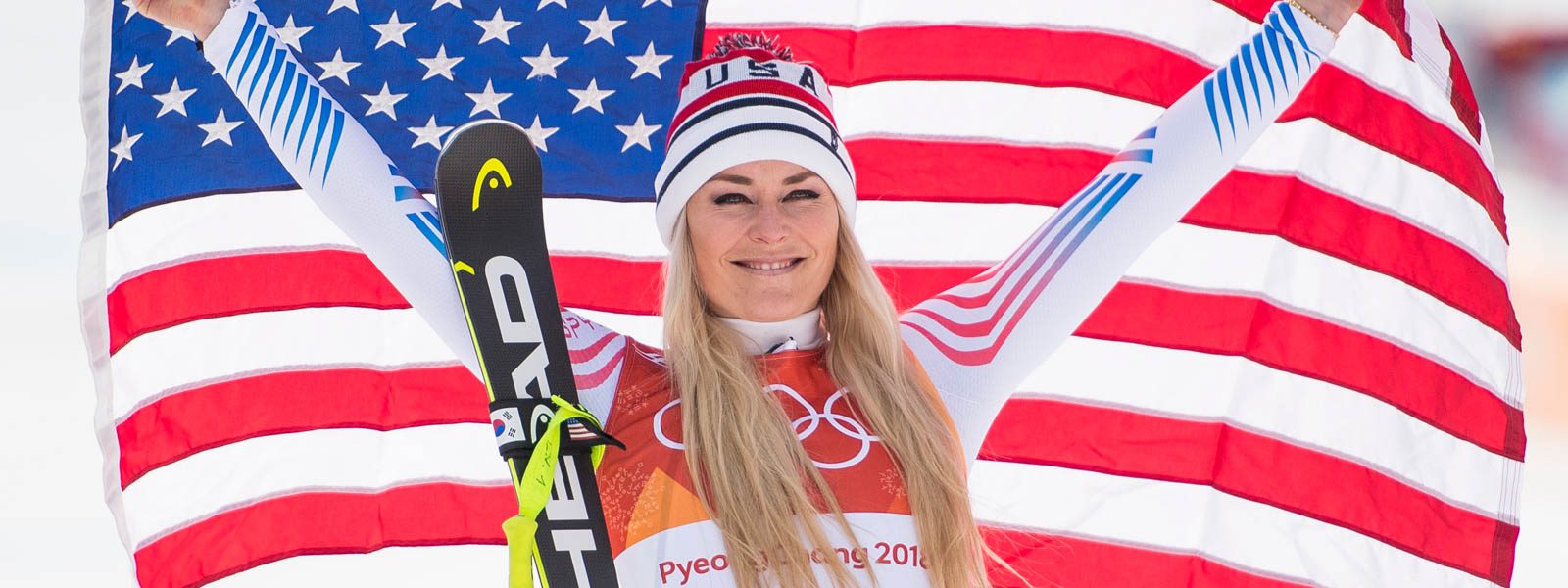The “Off” Season is Here, and Gone
It’s here: the “off” season, though that term seems to have compressed into obsolescence. Spring races lead straight into spring camps and then summer skiing, making each season bleed into the next. Stacking in days on snow, it seems, has become the new normal, while taking significant time off snow creates fear-of-missing-out anxiety.
Against this backdrop, came an article in the New York Times, written by Tom Farrey, author of the 2009 book “Game On: The All-American Race to Make Champions of Our Children.” In the article, Farrey highlights Norway’s holistic philosophy of sports as a vehicle to improve society, one that features an actual “Children’s Rights in Sports” document, that is further put into context in Norway’s “Joy of Sports-For all Sport Policy Document
Farrey’s piece focuses on the relatively simple, common sense approach to sport in Norway that puts kids’ well-being central to policy. As Farrey writes, Norway is, “a society in which 93 percent of children grow up playing organized sports. Where costs are low, the economic barriers to entry few, travel teams aren’t formed until the teenage years — and where adults don’t start sorting the weak from the strong until children have grown into their bodies and interests. Then, the most promising talents become the most competitive athletes in the world, on a per-capita basis.”
I’m as tired as anyone else of hearing about Norway’s Kum-ba-ya perfection, but the fact remains—they are a country with a population similar to that of the greater Boston area, who nonetheless won the most medals in the last winter Olympics. So, they’re doing something very right in developing athletes.
Buying into the arms race
Meanwhile in the United States, as Farrey puts it, “Youth sports are now a $16 billion industry bankrolled by parents who are often unaware of the science of athletic development and nervous that the bullet train of opportunity will leave the station if their child doesn’t hop on, year-round, at age 8.”
The disappearance of the off-season plays out in this context by making sports too great a burden—financially, physically, socially, emotionally, etc—to pursue. Families are getting priced out, while kids get burnt out, or wiped out by injury well before they’ve had a chance to fully develop. Even in my small immediate circle, the number of athletically talented 13-year-old girls —a group that the sport desperately needs to retain—who quit skiing because they could not or would not sacrifice other opportunities in order to “keep up” is staggering.
I could not fault them with their decisions from any standpoint, least of all an athletic one. Developing complementary athletic skills would only enrich their potential (and enjoyment) in all sports, including skiing. And yet, too many kids and families perceive a year-round skiing mandate, and simply leave the sport.
Time away can be well spent
The article reminded me of my interviews with Norwegian World Cup athletes, who said they appreciate having a significant “off-season”, both to make physical gains, and to take a step back from skiing. They train a lot right after the racing season to take advantage of good conditions, then take three months off snow to follow an intensive physical training program. This helps their bodies recover from one long brutal season (think bones spurs, tweaked backs, inflamed knees, creaky ankles, mental pressure) and rebuild for the next.
This chance to recover and rebuild seems especially important to kids who are still growing and developing. In many cases, what a kid most needs to progress is food, water and sunshine. They simply need to grow, and to have a life. The article also reminded me of Ryan Cochran-Siegle who, at age 17, opted out of elite spring camps to finish his high school baseball career, which was very important to him. He weighed the possibility of not getting invited to the coveted fall camps, with his obligations and desires to be team captain, and chose to trade his boots for a bat. RCS still managed to capture two golds at the World Junior Alpine Champs a few years later.
Do what feels right and own it
To be sure, there is no recipe that is right for everyone. World Cup skiers who spend nine months training and competing at the highest intensity on snow have different needs and options than college skiers who have to patch together every shot on snow they can get; or than FIS racers who need a strategic plan to move up their start orders; or than younger ski racers who need to build skills and experience more than results.
This is certainly not to cast judgment on off-season skiing, which can be incredibly fun and productive. This is only to offer the perspective that “more” isn’t the only way. If you’ve got great opportunities, and you are psyched to be in your boots go for it! But, always consider and respect your own needs and long-term training plan. You don’t have to jump on the Habitrail just because you can. If, for any of a multitude of reasons, you can’t or don’t want to ski through the entire off-season, that’s ok, and it can even be beneficial.
Rest assured that skill on snow will ultimately trump days on snow. Do what is best for you and own it! If you can’t get the days, pretend you’re Norwegian: eat some salmon, hammer the dryland, and come back to your skis fresh and strong.






















